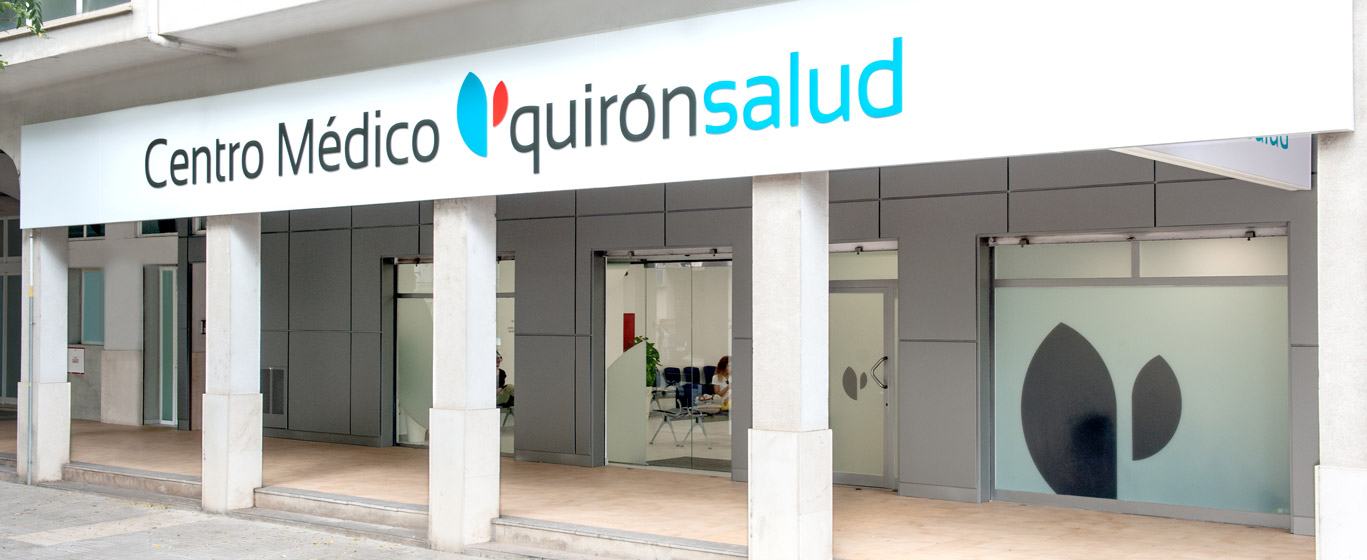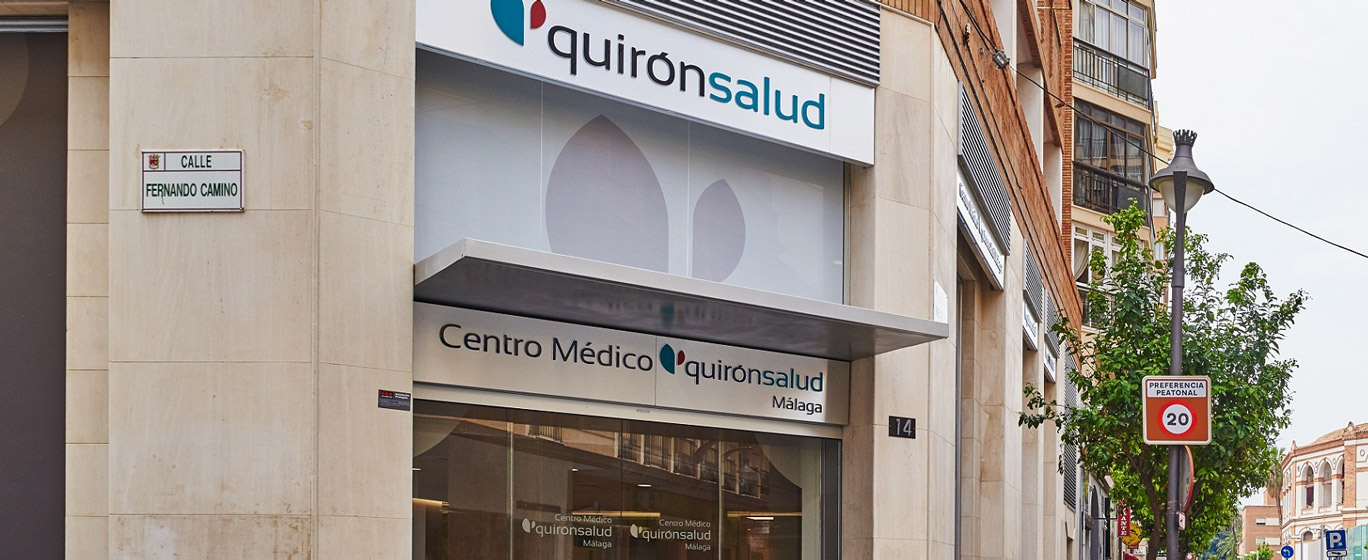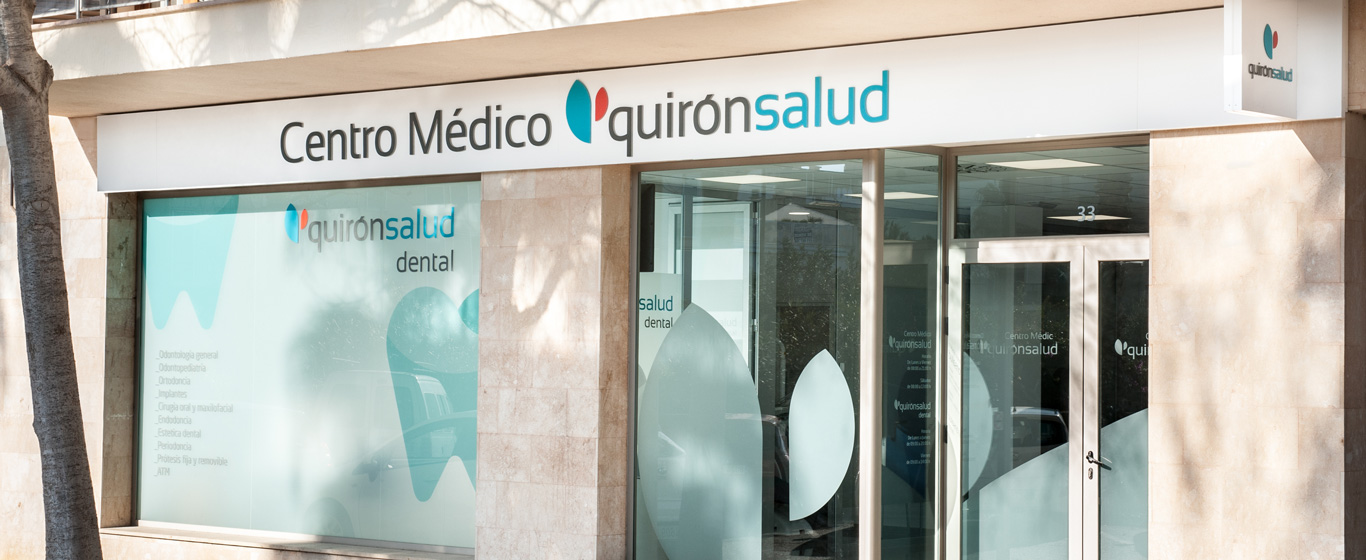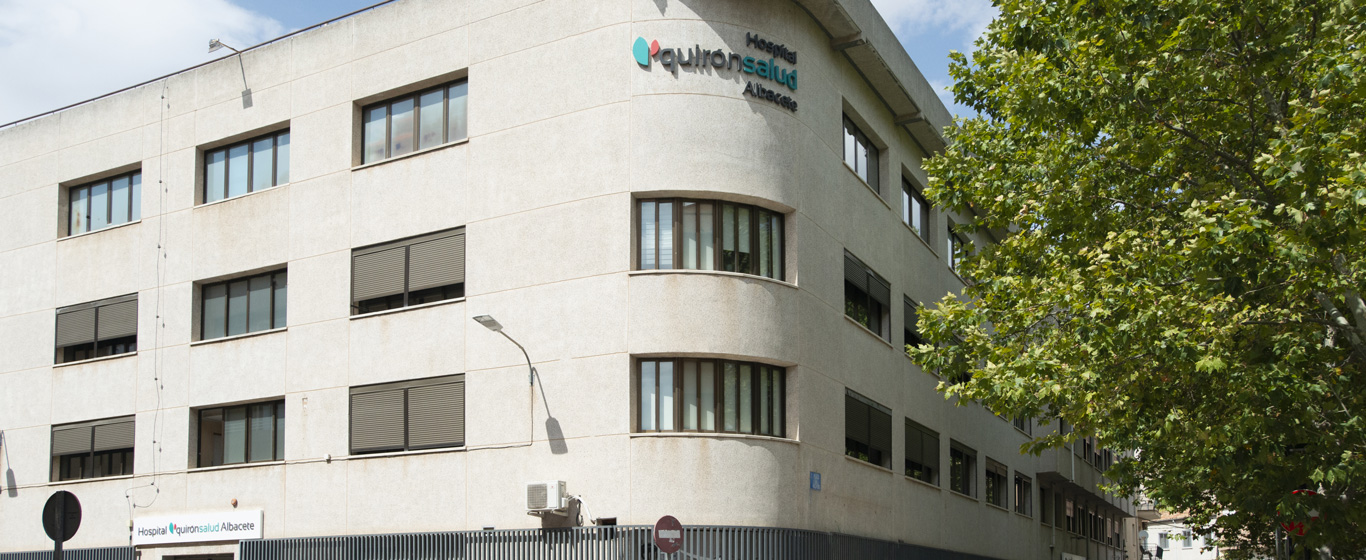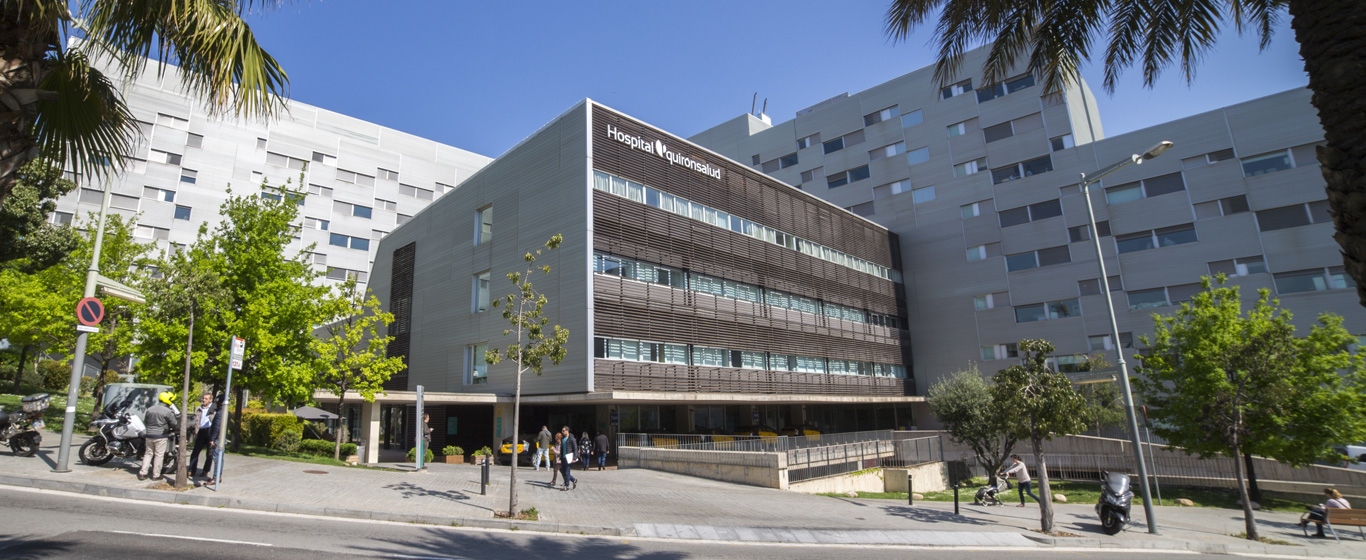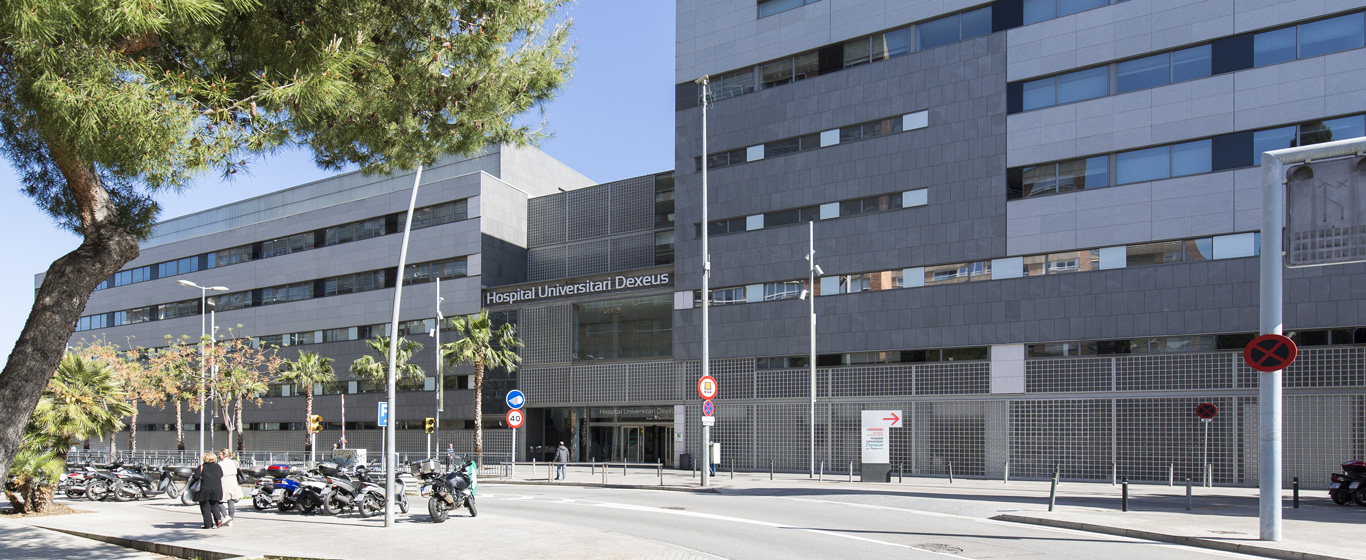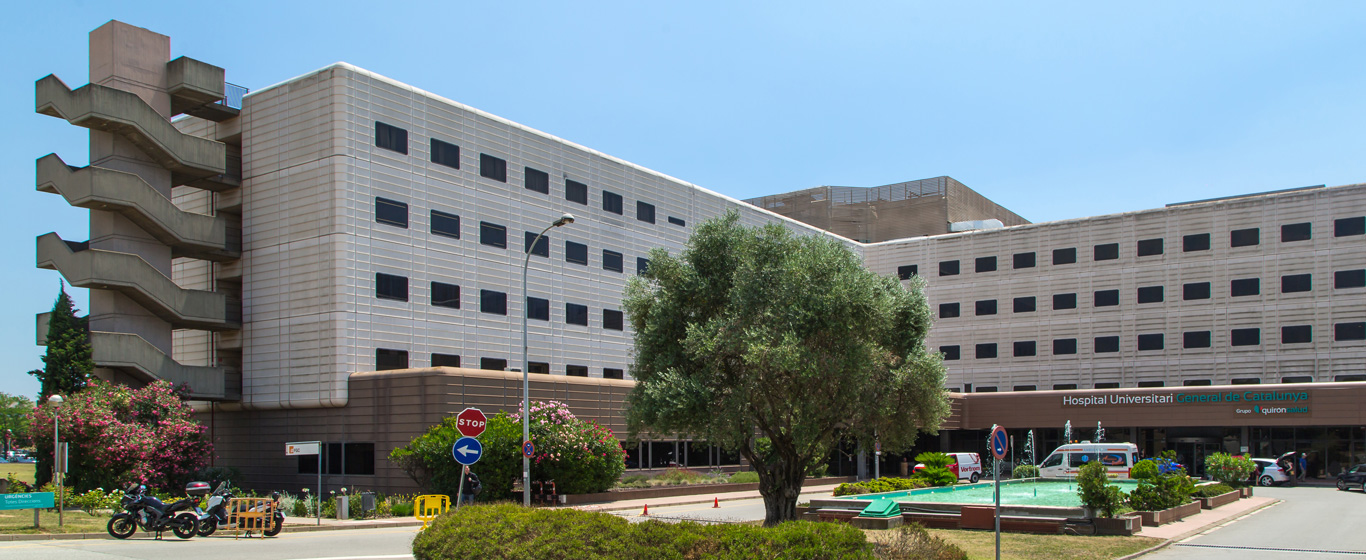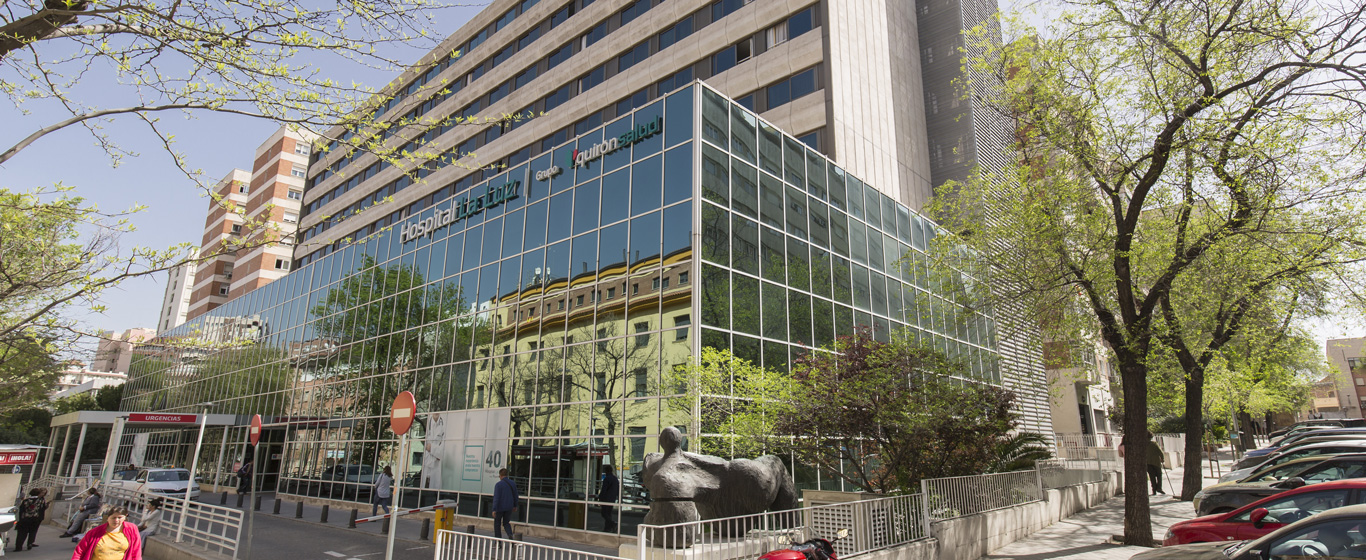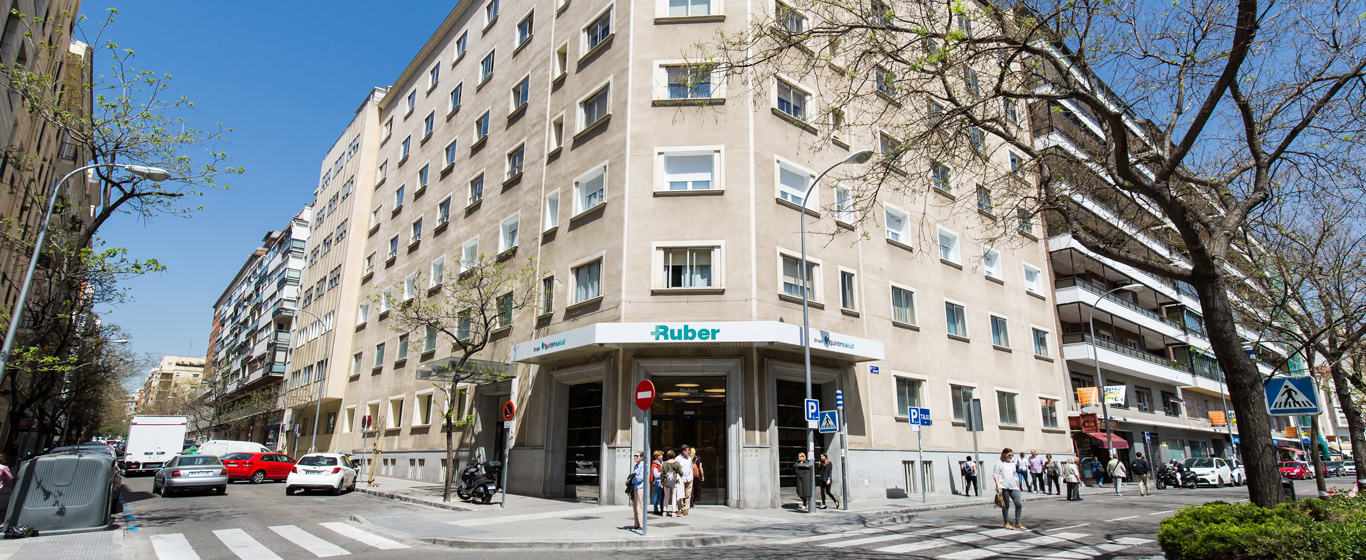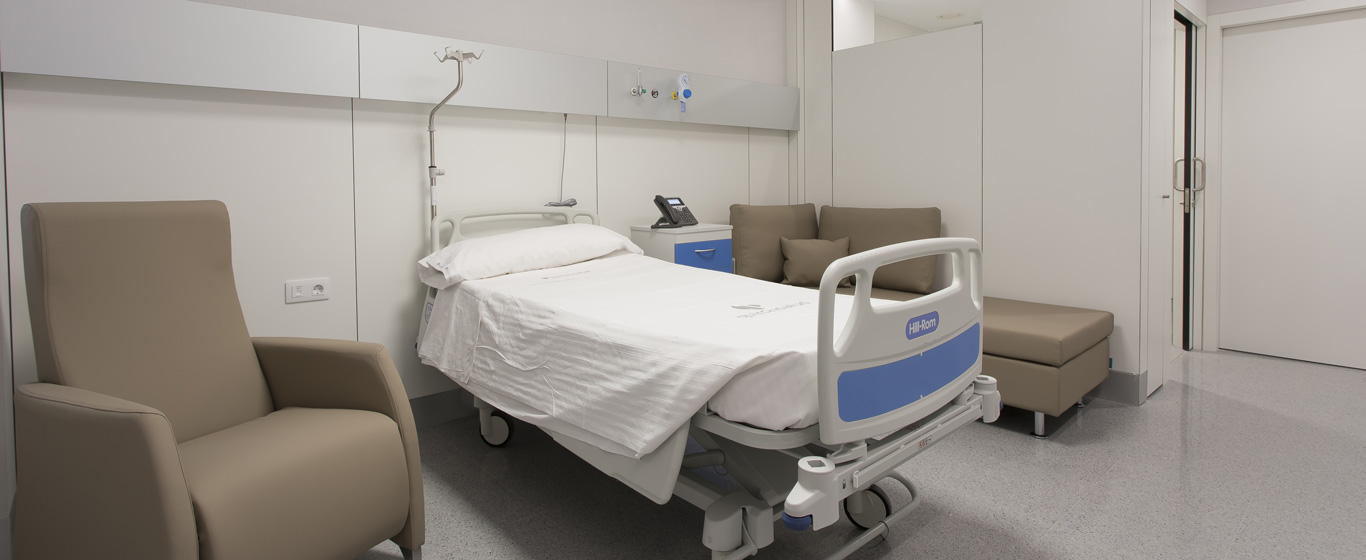Enuresis
How to treat childhood urinary incontinence? All the information on the causes, symptoms, and treatment of enuresis.
Symptoms and Causes
Enuresis refers to urinary incontinence in children who have surpassed the typical age for bladder control when no underlying lesions or medical conditions justify it.
Children usually acquire an adult pattern of urination control around three to four years of age. It is a very common disorder that can also occur in adolescents.
Based on bladder control, enuresis is classified into:
- Primary enuresis: the child has never regularly controlled urination. This is the most common type.
- Secondary enuresis: there has been a previous period of bladder control lasting at least six to twelve months.
According to when the involuntary urination occurs, the types are:
- Daytime enuresis: the episodes occur during waking hours.
- Nocturnal enuresis: the episodes occur during slow-wave sleep. This is much more common.
Symptoms
The hallmark symptom of enuresis is recurrent involuntary urination. For it to be classified as enuresis, there must be repeated urination at least twice a week for a minimum of three consecutive months in a child aged five years or older or with equivalent developmental level.
Causes
The causes of enuresis can be divided into two subtypes:
- Biological causes: the incontinence has a physiological origin.
- Delayed maturation: often accompanied by delayed speech and motor clumsiness.
- Bladder dysfunction: may involve an overactive bladder that contracts without warning, causing a sudden and strong urge to urinate, or an underactive bladder, with weak contractions that result in infrequent and incomplete emptying.
- Hormonal imbalance: deficiency in the production of antidiuretic hormone (ADH), which normally reduces urine production at night.
- Urinary tract disorders: such as infections, obstructions, or malformations.
- Mental disorders, such as Autism Spectrum Disorder, intellectual disability, etc.
- Sleep apnea: breathing interruptions during sleep can disrupt the brain’s chemical balance and trigger urinary incontinence.
- Constipation: chronic dilation of the rectal ampulla can cause bladder dysfunction.
- Diabetes: diabetes can lead to neurological damage that affects the urinary tract.
- Certain medications, such as lithium, valproic acid, clozapine, or theophylline.
- Neurological disorders, such as spina bifida or vesicoureteral reflux.
- Psychosocial causes:
- Stressful or anxiety-provoking situations: changes in the child’s environment, such as divorce, moving, the birth of a sibling, school trauma, sexual abuse, accidents, hospitalizations, or surgeries, among others. This is one of the main causes of secondary enuresis.
- Family neglect in promoting toilet training.
Risk Factors
Certain conditions increase the likelihood of a child developing enuresis:
- Family history: primary enuresis has a hereditary genetic component.
- Certain mental disorders: it is common in children with neurodevelopmental disorders such as ADHD or ASD.
Complications
Besides being a possible sign of an underlying condition, enuresis by itself can negatively impact a child’s self-esteem and mental health due to the feelings of shame and guilt it may cause. It may also affect their social relationships and academic performance. Additionally, prolonged moisture can lead to rashes on the buttocks and genital area.
Prevention
Certain habits can help reduce involuntary urination:
- Limit consumption of carbonated or sugary drinks, especially in the evening, as they can irritate the bladder and produce excess urine.
- Establish a regular urination routine: every two to three hours during the day and right before bedtime. If needed, wake the child once during the night.
- Increase fiber intake to prevent constipation.
- Address episodes with patience, understanding, and normalcy: punishment or scolding can worsen the problem and cause harm.
Which doctor treats enuresis?
Enuresis is assessed and treated in pediatric and child psychology units.
Diagnosis
To diagnose enuresis and determine its cause, several tests are necessary:
- Medical history: a thorough evaluation of symptoms and risk factors is essential. The type of enuresis, episode frequency, presence of constipation, sleep patterns, family history, and both home and school environments are assessed, among other factors.
- Physical and neurological examination to check for developmental issues.
- Urine analysis and culture to identify signs of infection, diabetes, or other conditions.
- Imaging tests, such as ultrasound, computed tomography (CT), or magnetic resonance imaging (MRI), to observe the urinary tract and identify abnormalities or obstructions if urine analysis shows irregularities.
Treatment
The first step is to treat any underlying condition causing the enuresis, if one exists. If no apparent cause is found, the following therapies may be used:
- Behavioral therapy: the child learns bladder control habits while receiving support and reassurance, minimizing the issue and rewarding achievements. Measures include reducing intake of fluids and dairy before bed, eliminating caffeinated beverages, and urinating right before sleep.
- Bedwetting alarm: this device is connected to a sensor that activates an alarm as soon as urine is detected. This helps the child wake up, stop urinating, and reach the bathroom. Over time, a conditioned response develops: the brain associates waking with the feeling of a full bladder. This method is highly effective but requires time, consistency, and family support in case the child doesn’t wake with the alarm.
- Pharmacological treatment: if other methods are ineffective, short-term medication may be used as support:
- Desmopressin (DDAVP): an analog of the antidiuretic hormone, it regulates water absorption in the kidneys and reduces urine production.
- Anticholinergics, such as imipramine: they help relax the bladder and increase its capacity to retain urine.
- Psychological therapy: used in cases of secondary enuresis with emotional causes, especially in adolescents.





